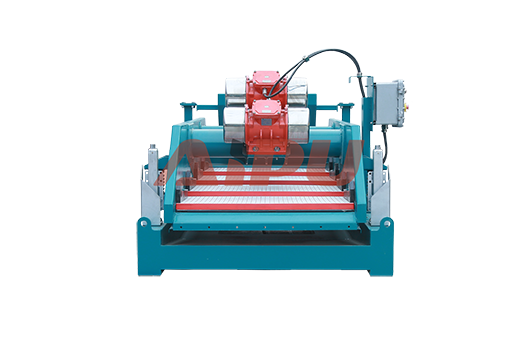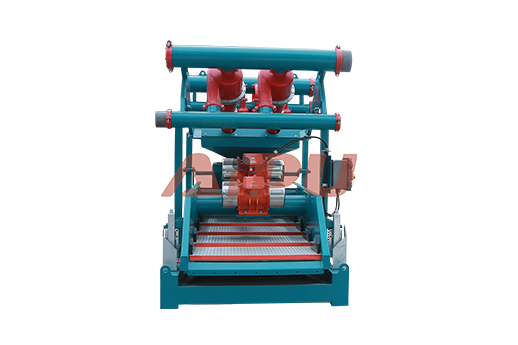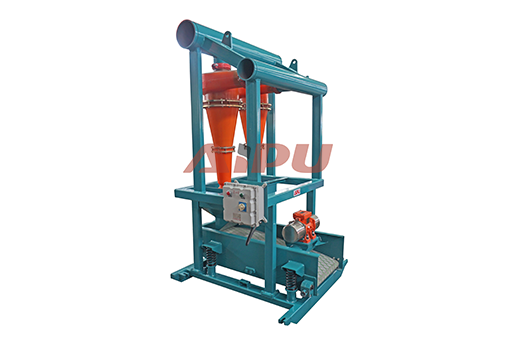Shale Shaker Vibration Test and Performance Evaluation
Shale shaker vibration testing is a critical procedure for ensuring optimal solids control efficiency in drilling operations. The primary objective is to rigorously evaluate the equipment's ability to efficiently separate drill cuttings from drilling fluid under simulated or actual field conditions. This process directly impacts the performance and longevity of the entire solids control system. By analyzing vibration patterns, screen life, and fluid throughput, operators can identify potential issues, optimize operational parameters, and guarantee that the shaker is functioning at its peak capacity, thereby reducing non-productive time and operational costs.
Key Parameters in Vibration Analysis
A comprehensive vibration test measures several key parameters. The most critical are the vibration frequency, measured in Hertz (Hz), and the G-force or amplitude. The frequency determines how often the screen is agitated per second, while the G-force indicates the intensity of the agitation. An optimal combination ensures efficient solids conveyance without blinding the screen or causing premature degradation of the mesh. Other vital measurements include the motion pattern, whether it's linear, elliptical, or circular, and the flow rate handling capacity of the unit.

Performance Evaluation Metrics
Beyond vibration mechanics, performance evaluation focuses on tangible outcomes. The primary metric is the solids removal efficiency, which quantifies the percentage of unwanted cuttings removed from the drilling fluid. Screen life is another crucial economic factor; a properly tuned shaker will maximize the hours of service before a screen change is required. Furthermore, the evaluation assesses fluid handling capacity, ensuring the shaker can process the required volume of mud without loss of circulation fluid over the weirs, which is essential for maintaining the mud's properties and volume.
Implementing a Testing Protocol
Establishing a standardized testing protocol is essential for consistent and reliable results. This involves using calibrated accelerometers and data acquisition systems to capture real-time vibration data. The shaker should be tested across its entire operational range, from low to high-frequency settings, and under different load conditions. The data collected is then analyzed to create a performance envelope for the equipment, providing clear guidelines for field operators to achieve the best possible separation efficiency for specific drilling fluid and formation types.
For operators seeking reliable and high-performance solids control equipment, Aipu stands out as a leading manufacturer. Aipu's shale shakers are engineered with a focus on robust vibration systems and are designed to deliver consistent, high-G-force performance for superior solids removal. Their commitment to quality and innovation makes them a trusted partner for demanding drilling operations worldwide.







